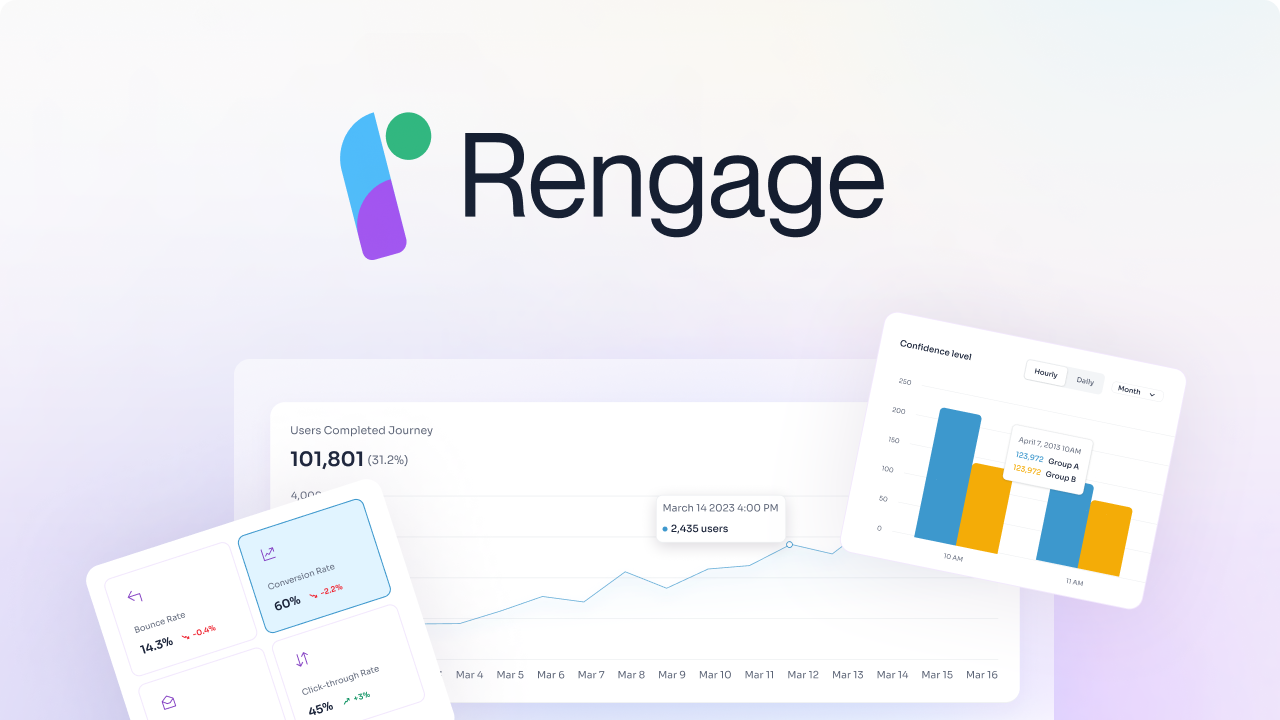5 Benefits Of A Customer Data Platform & Why It Matters to Customers
In today's competitive business landscape, understanding your customers' behavior and preferences through customer segmentation analysis is crucial for personalized marketing strategies. Imagine being able to tailor your marketing messages to individual customers based on their specific needs and interests. A Customer Data Platform can make this a reality, offering a centralized solution to collect and unify customer data from various touchpoints. This article will delve into the benefits of a Customer Data Platform and why it's essential for modern businesses.
Rengage's solution, Drive Loyalty and Growth, offers a powerful tool to help you accomplish these goals. By leveraging the insights from customer segmentation analysis, you can create targeted marketing campaigns that resonate with your audience, improve customer satisfaction, and boost your bottom line.
What is a CDP?

A Customer Data Platform (CDP) is a powerful tool that businesses can use to harness the power of customer data. This tool combines customer information from multiple sources, cleans and unifies it, and creates a single view of each customer. The single customer view created by a CDP can provide businesses with invaluable insights into their customer’s preferences, behaviors, and interactions with their brand.
Personalizing marketing campaigns
One key benefit of a CDP is that it enables businesses to create personalized marketing campaigns. By understanding customer preferences, behaviors, and past interactions with the brand, businesses can tailor their marketing messages to resonate with each customer. This personalization can help increase engagement, conversion rates, and customer loyalty.
Improving customer experience
A CDP can help improve the overall customer experience by providing a more personalized and relevant interaction with the brand. For example, businesses can use a CDP to deliver targeted messages to customers at the right time, through the right channel. This can improve the overall customer experience and increase customer satisfaction.
Driving growth
The goal of a CDP is to drive business growth. By better understanding customers, businesses can create more targeted marketing campaigns, increase customer engagement, and drive more conversions. This can lead to increased revenue, customer loyalty, and, ultimately, business growth.
Related Reading
- Customer Data Infrastructure
- Omnichannel Analytics
- Customer Data Integration
- Predicting Customer Behavior
- Marketing Data Platform
- Customer Data Platform Vs Data Management Platform
- Customer Data Platform Use Cases
- Best Customer Data Platform
- Customer Data Platform Capabilities
- Customer Data Platform Tools
- How To Choose Cdp
Benefits of a Customer Data Platform

Driving Customer Loyalty: Building Stronger Relationships
Driving customer loyalty is essential for any business. A customer data platform (CDP) can help you build stronger relationships by providing insights and tools to create a personalized experience that resonates with your customers. With a CDP, you can enhance your marketing efforts and offer tailored solutions that cater to your customers’ needs, ultimately driving loyalty and growth for your business.
Understanding Your Customer
A CDP goes beyond basic demographics. It analyzes customer behavior across touchpoints, purchase history, website interactions, and even social media sentiment. This allows you to understand your customers' motivations, interests, and pain points more deeply. By gaining this deep insight into your customers, you can create targeted marketing campaigns that resonate with their needs and preferences, driving loyalty and growth organically.
Identifying High-Value Customers
Analyzing customer behavior and lifetime value can help you identify your most loyal and profitable customers. This allows you to tailor your marketing efforts and personalize experiences to retain these valuable customers. With a CDP, you can create personalized offers, rewards, and incentives that cater to your high-value customers, encouraging continued loyalty and growth for your business.
Predictive Personalization
A CDP can analyze past behavior to predict future needs and preferences. This allows you to proactively address customer needs with targeted recommendations, special offers, and support before they ask. By providing personalized experiences anticipating their needs, you can build stronger relationships with your customers and drive loyalty and growth for your business.
Loyalty Programs that Resonate
With a CDP, you can design loyalty programs that cater to your high-value customers' specific preferences. This could include personalized rewards, exclusive discounts, or early access to new products. By tailoring your loyalty programs to meet the needs of your most loyal customers, you can drive increased engagement, repeat purchases, and ultimately drive loyalty and growth for your business.
Book a free demo to learn about how you can transform customer interactions into personalized experiences that drive loyalty and growth.
Related Reading
- Customer Retention Automation
- Customer Data Integration Best Practices
- Real Time Customer Segmentation
- Chat CDP
- Customer Data Platform Implementation
- Customer Segmentation Solutions
- Omnichannel Measurement
- AI Customer Segmentation
- AI CDP
- Customer Data Platform GDPR
- Customer Data Platform Costs
- CDP Personalization
Benefit 1 of Customer Data Platforms: Drive Customer Loyalty

Many marketers now turn to customer data platforms (CDPs) to streamline their processes and make data-driven decisions. One of the primary benefits of a CDP is its ability to boost marketing return on investment (ROI). By harnessing customer data, organizations can create targeted campaigns that resonate with their audiences.
The Power of Data Integration
This leads to increased customer engagement, higher conversion rates, and improved ROI. A CDP allows marketers to collect and analyze customer data from various sources, such as websites, mobile apps, social media platforms, and email marketing campaigns. Marketers can gain valuable insights into customer behavior and preferences by consolidating this data into a single platform.
Personalized Marketing at Scale
Armed with this knowledge, they can create personalized marketing campaigns that are more likely to convert. With the ability to segment audiences based on various criteria, marketers can ensure their messages reach the right people at the right time. This helps to avoid irrelevant advertising and wasted resources. By tracking customer journeys across channels, marketers can also understand which marketing initiatives are driving conversions and optimize their marketing spend accordingly.
A/B Testing and Optimization
CDPs enable marketers to conduct A/B testing of different marketing messages, landing pages, or email subject lines. This helps to identify the most effective approach for maximizing engagement and conversions. A CDP can help marketers make every interaction count by delivering the right message to the right person at the right time.
Benefit 2 of Customer Data Platforms: Boost Marketing ROI

Optimizing Operational Efficiency: Streamlining Workflows
I cannot overstate the importance of streamlining workflows. When customer data is spread across various different silos and needs to be collected manually from multiple sources, it can result in a significant resource drain. A quality CDP eliminates the need for manual data gathering. This means that valuable time and resources are saved for your company, and the risk of human error is significantly decreased. This increased efficiency benefits not only your bottom line but your workforce, providing them with the means to focus on more strategic initiatives.
Eliminating Data Silos
CDPs eliminate the need to gather data from multiple sources manually. This saves time and reduces the risk of errors. Data silos are a source of frustration for many companies, requiring a significant amount of resources to rectify. By implementing a customer data platform, a business can significantly ease the burden of breaking down those silos. This is achieved through the centralization of customer data, thereby ensuring it is accessible to all departments. This elimination of silos can save valuable time and reduce the occurrence of errors.
Automated Tasks
Automated repetitive tasks tend to be time-consuming. For example, customer segmentation, data cleansing, and reporting are all examples of tasks that can be automated with a CDP. This plays a significant role in freeing up time for workers to focus on more strategic initiatives. A company can optimize workflows and improve overall productivity by automating these tasks.
Improved Collaboration
A unified customer experience is key to success in every company. This is especially true when it comes to marketing, sales, and customer service. But how does one achieve this? The solution is simple: provide a central view of customer data. By accessing this shared information, all departments are empowered to deliver a more unified service to customers. In turn, this improved collaboration across departments will positively affect the customer experience.
Simplified Compliance
Today, compliance with customer data privacy regulations is a top priority for many businesses. Unfortunately, the compliance process can be quite complex and requires dedicated resources to navigate. Fortunately, CDPs can assist in this area. By leveraging a customer data platform, a company can easily manage and identify customer data in line with GDPR or CCPA regulations. This level of compliance simplification can save a company time and resources, while also reducing the associated stress typically entailed with such an endeavor.
Benefit 3 of Customer Data Platforms: Optimize Operational Efficiency

CDPs provide a wealth of data and insights that can be translated into actionable strategies.
Data-Driven Decision Making
Customer data can inform product development, improve customer support initiatives, and optimize pricing strategies. This ability to leverage data for decision-making purposes can be instrumental in empowering data-driven decisions within an organization. With access to a comprehensive set of data, you can get a clear picture of who your customers are, what they want, and how they interact with your brand.
Optimizing Products, Support, and Pricing
The insights gleaned from a CDP can inform your product development, customer support, and pricing strategies, enabling you to make data-driven decisions that can lead to improved business outcomes and more satisfied customers.
Personalized Experiences and Customer Satisfaction
Leveraging a CDP for insights into customer behavior can help you understand your customers' needs and preferences more thoroughly, allowing you to tailor your products or services to better meet their expectations. By utilizing this data, you can create personalized experiences for customers that resonate with their individual preferences and increase the likelihood of repeat purchases.
Actionable Insights
CDPs provide a wealth of data and insights that can be translated into actionable strategies. Customer data can be used to inform product development, improve customer support initiatives, and optimize pricing strategies. This ability to leverage data for decision-making purposes can be instrumental in empowering data-driven decisions within an organization.
With access to a comprehensive set of data, you can get a clear picture of who your customers are, what they want, and how they interact with your brand. The insights gleaned from a CDP can inform your product development, customer support, and pricing strategies, enabling you to make data-driven decisions that can lead to improved business outcomes and more satisfied customers.
Data-Driven Culture
A CDP fosters a data-driven culture within your organization. Every decision can be backed by real customer data, leading to more informed choices and better business outcomes. When a company has a data-driven culture, it means that all decisions are made based on data and not intuition or gut feeling. It allows companies to make informed decisions backed by customer data, leading to better business outcomes. By fostering a data-driven culture within your organization, you can ensure that every decision is based on real customer data. This can lead to a more informed decision-making process and better business outcomes.
Predictive Analytics
By analyzing customer data, you can predict future trends and customer behavior. This allows you to be proactive in your approach and adapt your strategies to changing customer needs. Predictive analytics can help you anticipate customer behavior and adjust your strategies accordingly.
Continuous Improvement
A CDP facilitates continuous improvement by allowing you to measure the effectiveness of your marketing campaigns, customer service initiatives, and other customer-centric efforts. You can then use these insights to refine your approach and achieve better results over time. A CDP facilitates continuous improvement by enabling you to measure the effectiveness of your marketing campaigns, customer service initiatives, and other customer-centric efforts. You can then use these insights to refine your approach and achieve better results over time.
Book a free demo to learn about how you can transform customer interactions into personalized experiences that drive loyalty and growth.
Benefit 4 of Customer Data Platforms: Empower Data-Driven Decisions

Understanding Cross-Channel Behavior: A Customer Data Platform (CDP) enables businesses to gain insights into how customers move across different channels. By understanding customer preferences and behaviors across various touchpoints, companies can optimize marketing efforts to meet customer expectations. Understanding this cross-channel behavior allows for targeted marketing and personalized engagement strategies.
Seamless Experience
To ensure a seamless and consistent brand experience, businesses must understand how customers interact with their brand across various touchpoints. A CDP provides a unified view of customer interactions, enabling companies to deliver a consistent brand experience regardless of the channel a customer chooses. This consistency helps build customer trust and loyalty, as they receive a seamless experience at every touchpoint.
Personalized Interactions
With the unified customer profile created by a CDP, businesses can deliver personalized interactions across all touchpoints. This personalization can manifest in various ways, such as targeted recommendations based on online browsing behavior in-store or personalized support messages via social media. Businesses can enhance customer engagement and satisfaction by tailoring interactions based on a customer's behavior and preferences.
The Importance of Customer Understanding with a CDP

Understanding your customers' motivations and the problems they are trying to solve is crucial when it comes to creating personalized marketing messages. Using a Customer Data Platform (CDP) to gather, organize, and analyze customer data, you can gain valuable insights into your customers' needs and wants. This understanding allows you to create targeted marketing campaigns that address specific pain points and offer solutions that resonate with your customers.
Analyzing Customer Behaviors
By tracking customer interactions with your brand across different channels, you can better understand how your customers engage with your products and services. A CDP can help you identify patterns in customer behavior, such as the type of content they engage with or the products they typically purchase. This information allows you to tailor your marketing messages to meet the needs and preferences of your customers, increasing the likelihood of conversion.
Identifying Customer Preferences
Understanding your customers' needs and behaviors is essential, as is knowing their communication preferences. By leveraging a CDP to collect and analyze customer data, you can gain insights into the types of marketing messages that resonate with your audience. This information lets you personalize your marketing campaigns based on your customers' preferences, increasing engagement and driving conversions.
Create Personalized Experiences That Drive Loyalty and Growth with Rengage — Book A Free Demo Today
Rengage provides a comprehensive solution for managing and enhancing customer journeys, delivering insights and measurable outcomes with no code. We accelerate your customer journey from onboarding and activation to conversion and churn, enabling customers to unlock revenue from their existing users.
Insights into Segments with Rengage
With Rengage, you can get insights into your segments, run campaigns with an intuitive journey manager, and get insights to measure how your journeys impact users conversion through our Journey Moments and Journey Builder features. Journey Moments offer insights into your micro-segments, while Journey Builder provides an intuitive multi-channel marketing automation solution.
Get Insights into Customer Behavior
Rengage also offers insights, prediction and attribution to help you understand how specific customer journeys contribute to user conversions. These insights can help you make data-driven decisions to optimize your customer journey and improve user engagement.
Book a Free Demo with Rengage
Ready to transform customer interactions into personalized experiences that drive loyalty and growth? Book a free demo with Rengage today to learn more about how our platform can help you unlock the full potential of your customer data and drive better business outcomes.
Related Reading
- CDP Marketing Automation
- Customer Data Platform Vs Marketing Automation
- Ecommerce Cdp
- Totango Competitors
- Centralized Marketing Data
- Customer Data Management Best Practices
- Segment Alternatives
- Blueconic Cdp
- Emarsys Competitors
- Actioniq Competitors



















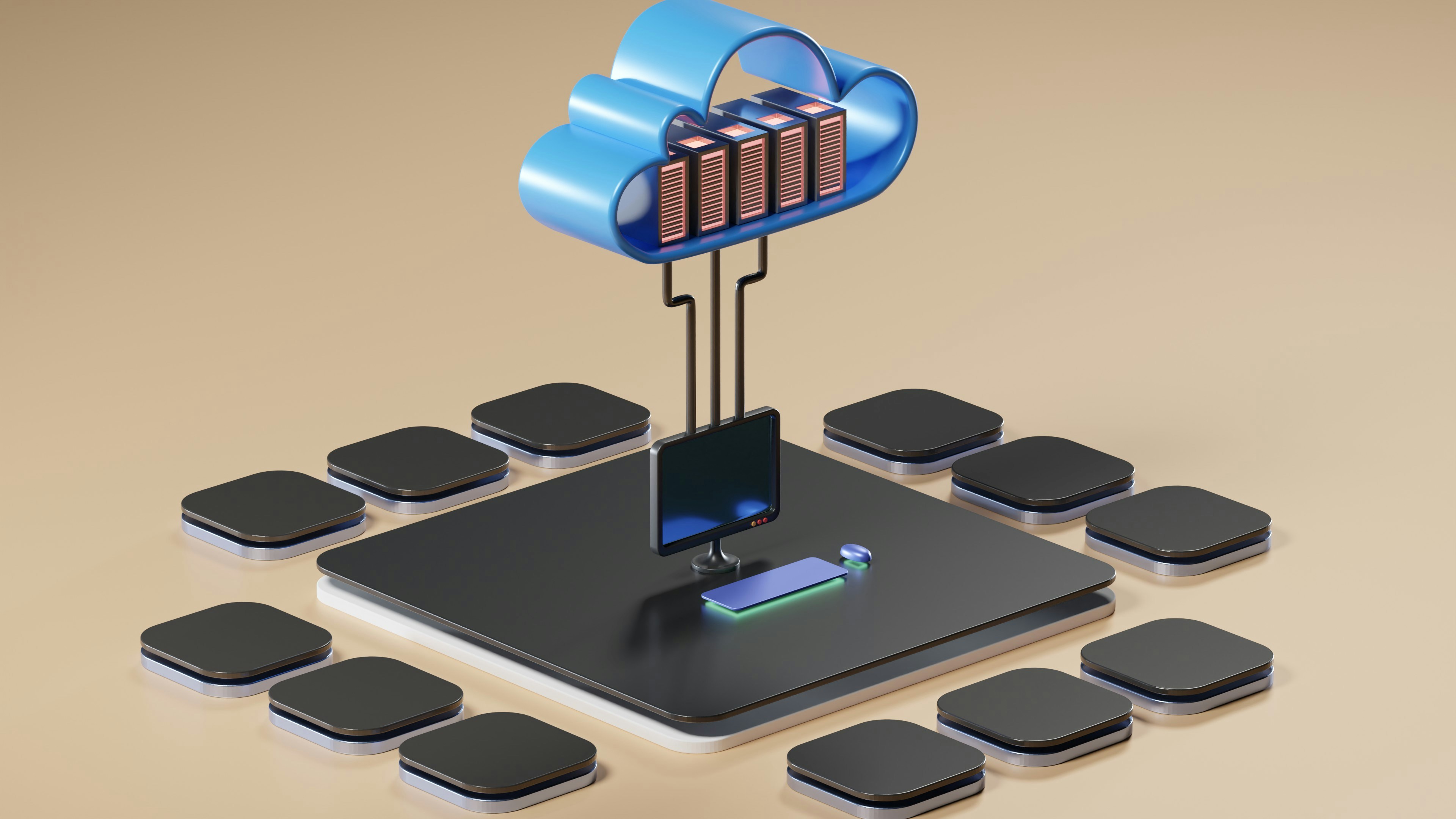
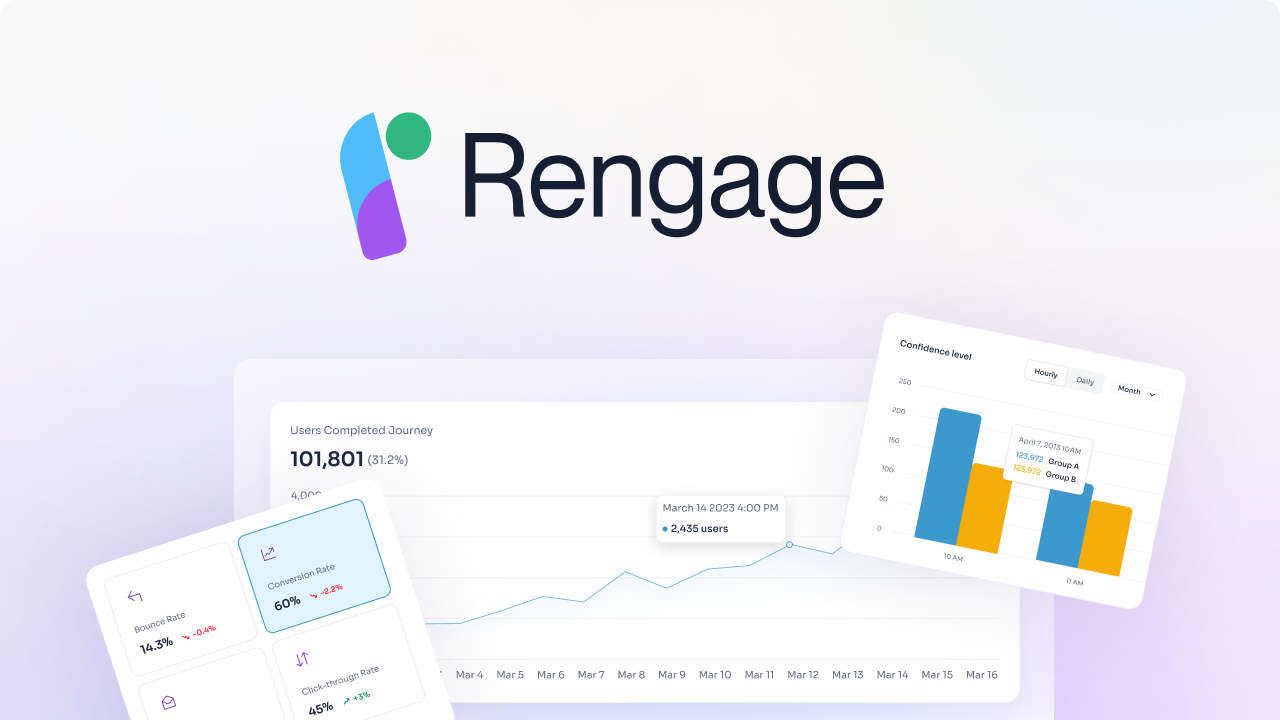

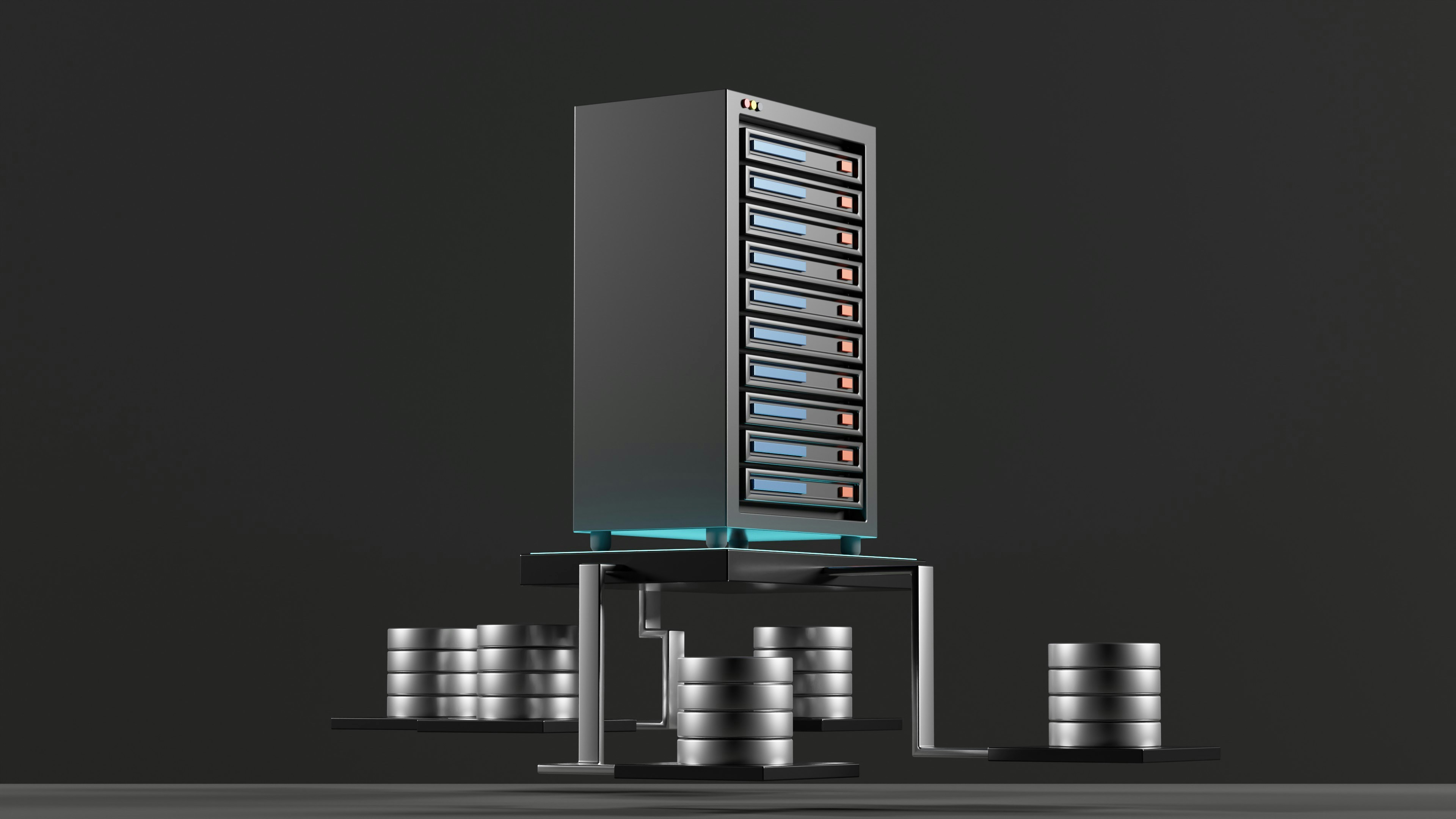





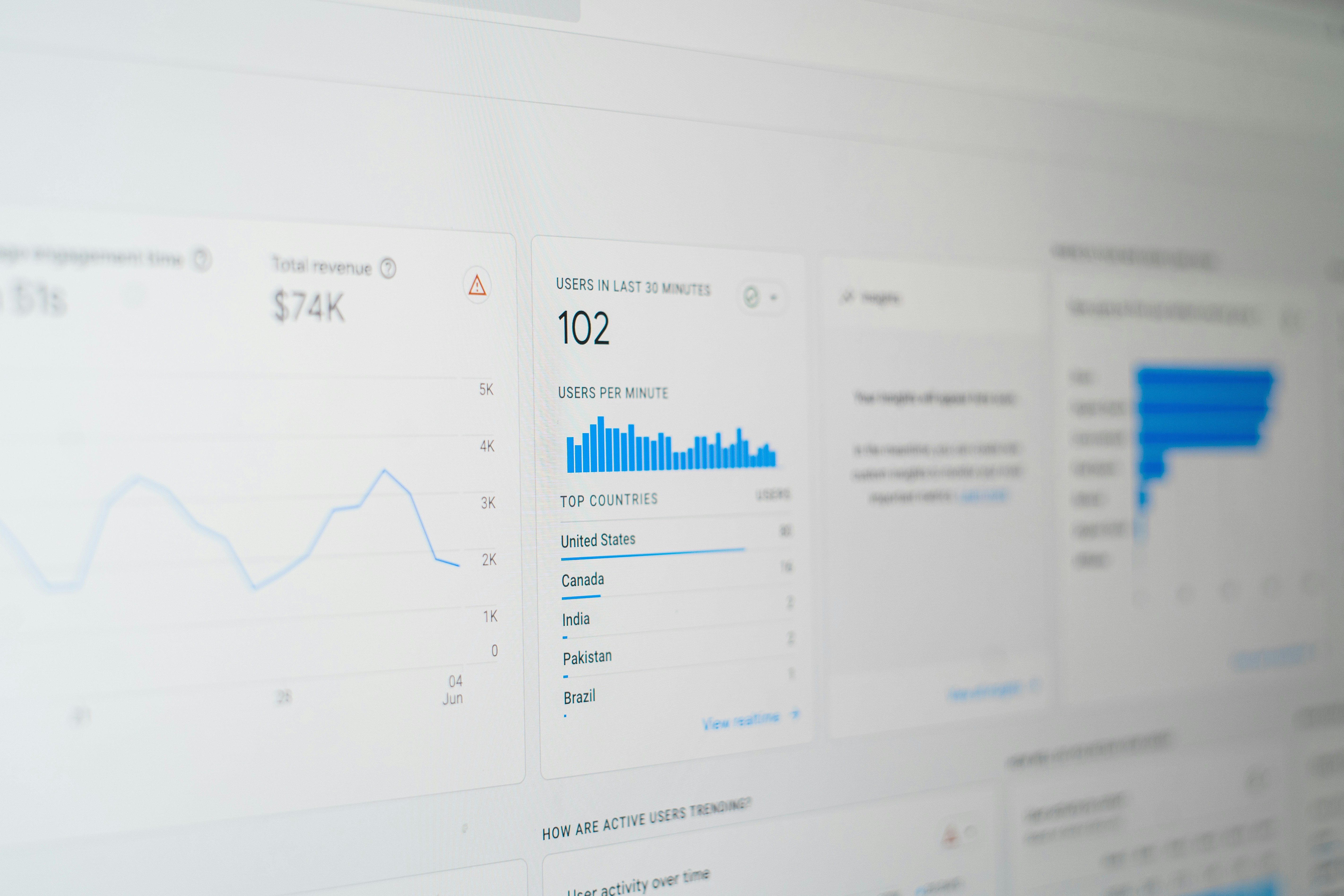



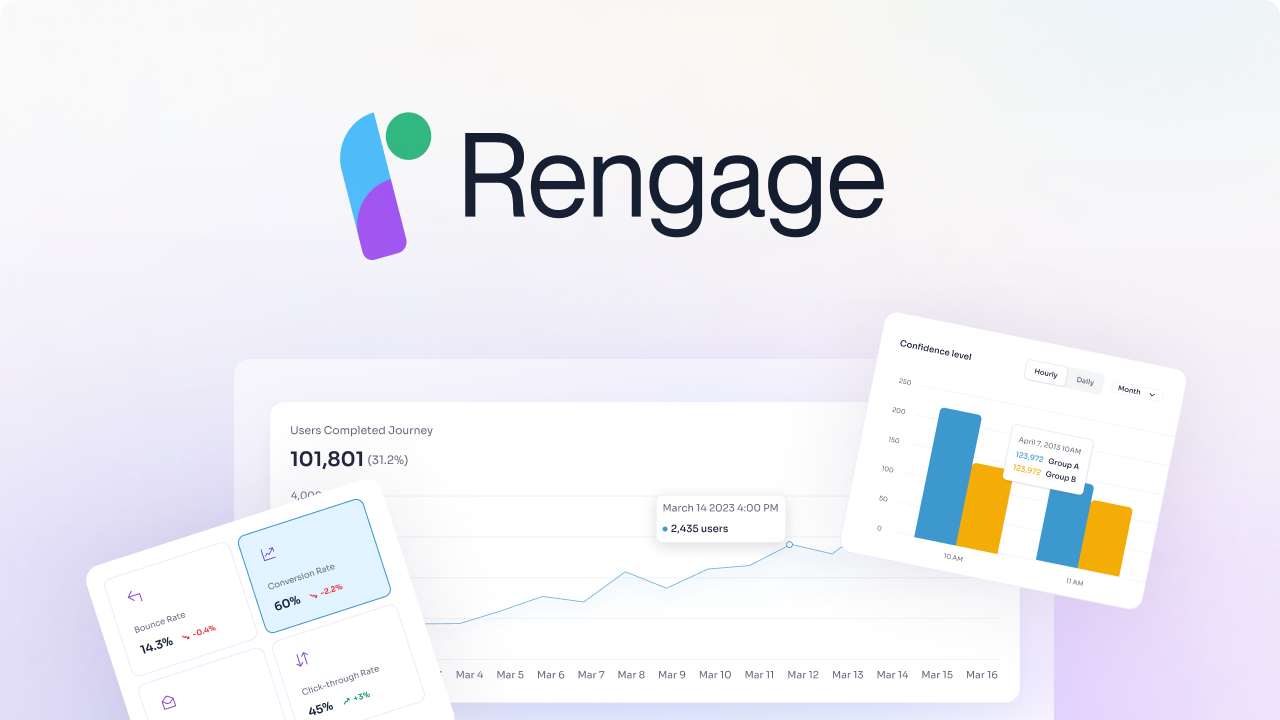











 CDPs don’t just collect and store data. They process it into customer profiles that can be used to create single customer views (SCVs). Also called 360-customer views, SCVs are profiles created by a CDP from all the data gathered on a single customer. They provide marketers with a unified view of insights like their behaviors, information, purchase history, and interests.
CDPs don’t just collect and store data. They process it into customer profiles that can be used to create single customer views (SCVs). Also called 360-customer views, SCVs are profiles created by a CDP from all the data gathered on a single customer. They provide marketers with a unified view of insights like their behaviors, information, purchase history, and interests. I believe the CDP system is a powerful tool for collecting data, tracking customer behaviors, and storing valuable information. This data can be collected from various sources—CRM platforms, marketing systems, and data streams. The goal is to make all customer data available in a single place.
I believe the CDP system is a powerful tool for collecting data, tracking customer behaviors, and storing valuable information. This data can be collected from various sources—CRM platforms, marketing systems, and data streams. The goal is to make all customer data available in a single place.